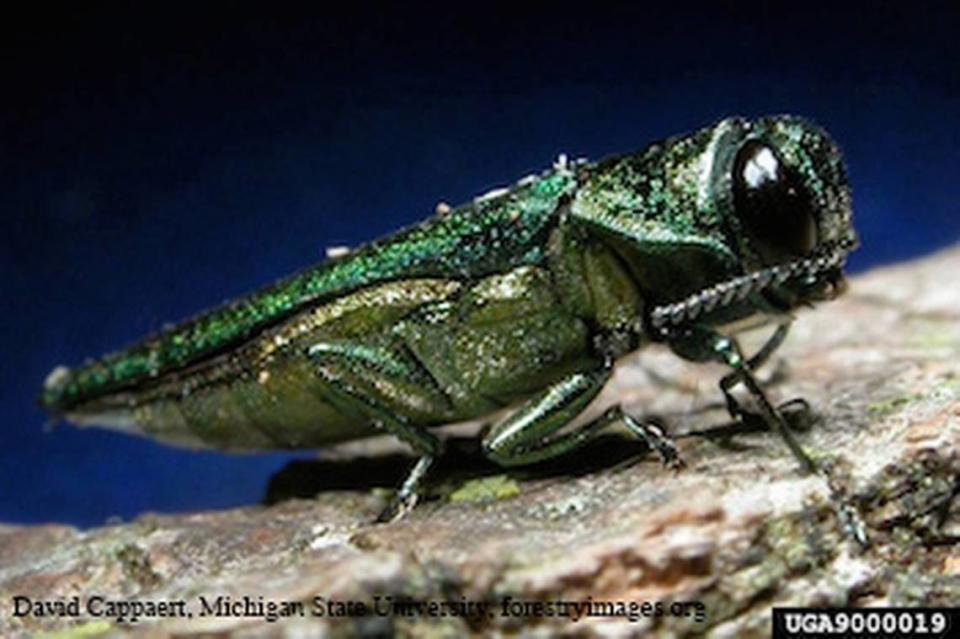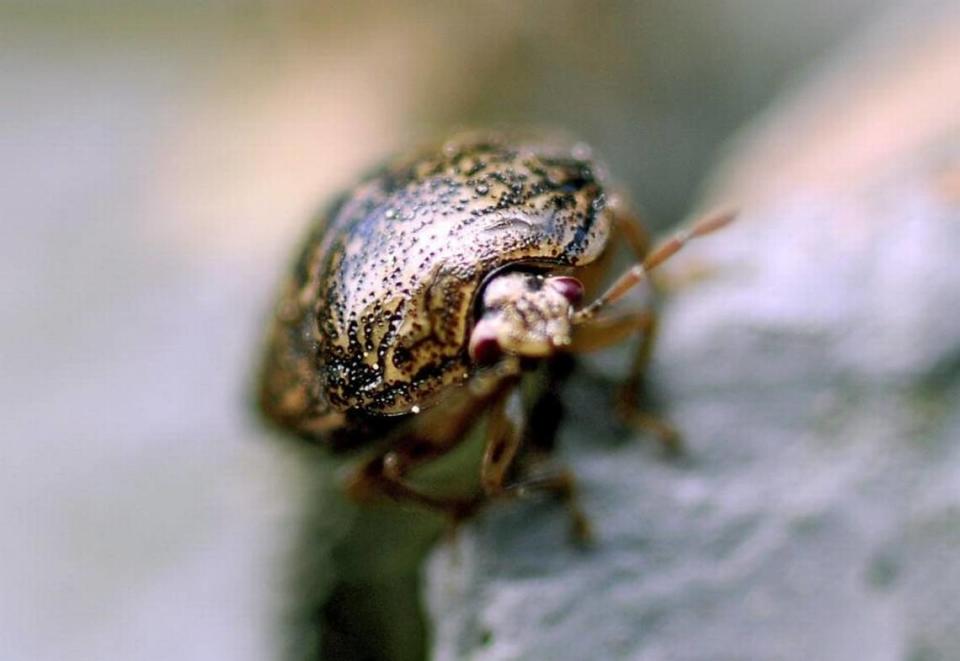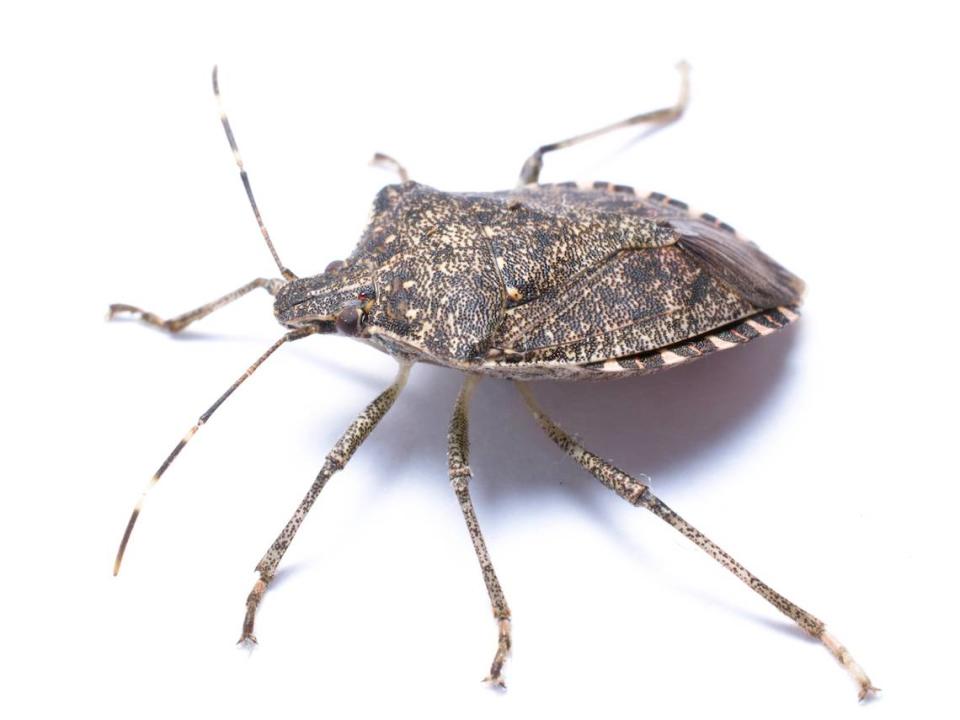Here are the 5 worst invasive insects in SC and the best ways to fight them
South Carolina is hardly hurting for different insect species. Come late spring and early summer time, insects of all shapes and sizes abound across the Palmetto State.
Still, while many insects can be annoying, some are far worse than others and can even be destructive. Then there are those that didn’t originate in South Carolina and as such, have wreaked havoc on the ecosystem and homes in the state.
South Carolina has become home to several invasive insect species over the years. Here are five of the worst, along with recommendations on how best to fight them off.
Japanese Beetle
Like its name suggests, the Japanese Beetle originated in Japan, but was brought to the U.S. more than a century ago, the Clemson Cooperative Extension states. The insect is about half an inch long and has a bronze body with metallic green wings.

The beetle feeds on the leaves, flowers and fruits of more than 300 plant species, which is why the insect is considered so destructive.
“Feeding damage can completely defoliate plants, causing trees and shrubs to look like they’re nearly dead,” Clemson Cooperative Extension states.”
Infestation control
Clemson notes that options are unfortunately limited in regards to Japanese beetle control.
If populations are low or you don’t have many susceptible plants, pick off the adults by hand between one and two times a day.
In some cases, a mesh layer can be used as a physical barrier, but if you have plants like fruit trees that need pollination, the mesh will also prevent pollinators from reaching them.
Insecticides are the most effective way to control Japanese beetles and various types will work, such as formulations containing imidacloprid and dinotefuran.
Emerald Ash Borer
Since this pest was first identified in the U.S. in 2002, it has been responsible for the destruction of millions of ash trees in 30 states, according to the U.S. Department of Agriculture. It likely came from its home in Asia in wood packing materials.
The small, metallic-green insect was found in South Carolina in August 2017 and is now in multiple counties.

Infestation control
There are several insecticides effective in controlling these insects. Residents would high-value trees should consider applying insecticide before they are infested.
Insecticides including dinotefuran, emamectin benzoate, azadirachtin, and imidacloprid, can be applied in different ways, including at the base of the tree, as a trunk spray or trunk injection.
Heavily infested trees likely cannot be saved and will need to be removed.
Kudzu Bug
The kudzu bug is a relatively recent South Carolina invader, being first detected in 2009. It is native to Asia and was likely introduced to the U.S. through imported goods. The kudzu bug are about 1.4 inches long and appear almost square-shaped with an olive-green hue, Clemson Cooperative Extension states.

The insect does feed on kudzu, another invasive species in the state. However, the bug feeds on soybeans and other crops as well. The insect can also be a problem in and around structures. Their body secretions produce a foul odor and can stain fabrics and wall coverings. And directly handling them can cause staining of the skin and even blistering for some people.
Infestation control
Cutting back nearby kudzu patches before the fall should help reduce kudzu bugs around your home when they start looking for sheltered locations for the winter.
Seal as many cracks as possible on structures to prevent kudzu bugs from entering.
Large numbers of kudzu bugs found in a structure should be vacuumed, not sprayed. Also, avoid crushing them to keep their secretions from staining fabrics and wall coverings.
Most insecticides will kill kudzu bugs. If you are spraying vegetation, make sure to use a product that is labeled for treating plants.
Brown Marmorated Stink Bug
The brown marmorated stink bug is also a relative newcomer to South Carolina. It was first detected in 2011 and has since spread across the state. The species is native to Asia and likely came to the U.S. in the 1990s via a shipping container, according to the Environmental Protection Agency.
These bugs have brown-grey undersides, rounded edges on their “shoulders” behind the head and a thin attachment of the mouthpart to the front of the head. There are black and white bands on their antennae.

The insect has been a significant pest in South Carolina, feeding on a wide range of plants, including fruit trees, vegetables and ornamental varieties. They also like to invade homes during the winter months.
Infestation control
Use winter stripping or other sealers to reduce small openings around doors and windows.
Check that window screening is intact and fits tightly.
Check plumbing inserts and areas where cable and electrical lines enter the building.
Make sure dampers on chimneys fit tightly in the closed position.
If there is a large outdoor infestation, regular insecticide is an option. Apply it at entry points around the home, as well as around cracks and crevices.
Formosan Subterranean Termite
The formosan termite was first detected in South Carolina in the 1950s and has spread to other parts of the state in recent years. Formosan termites can be particularly destructive, given that their colonies tend to be larger than native species. They eat cellulose in wood, which is why they can cause such havoc in homes and other structures, Clemson Cooperative Extension states.

Formosan termites have three distinct forms, according to orkin.com, including the wingless or winged reproductive alates, the protector soldiers and the workers. The head of a Formosan soldier is oblong, whereas native subterranean species have rectangular heads.
The alates or swarmers, are yellow-ish brown and are about half an inch long.
Infestation control
If you suspect a Formosan termite infestation, you should contact a licensed pest professional about control and treatment.
Homeowners should consider scheduling annual termite inspections, or at least ever three to five years.
Eliminate sources of moisture — reduce humidity in crawl spaces, attics and basements. Divert water away from the home’s foundation to prevent Formosan access.
Store firewood at least 20 feet away from your home.
Maintain a 1-inch gap between soil and wood portions of your home.

 Yahoo Movies
Yahoo Movies 
